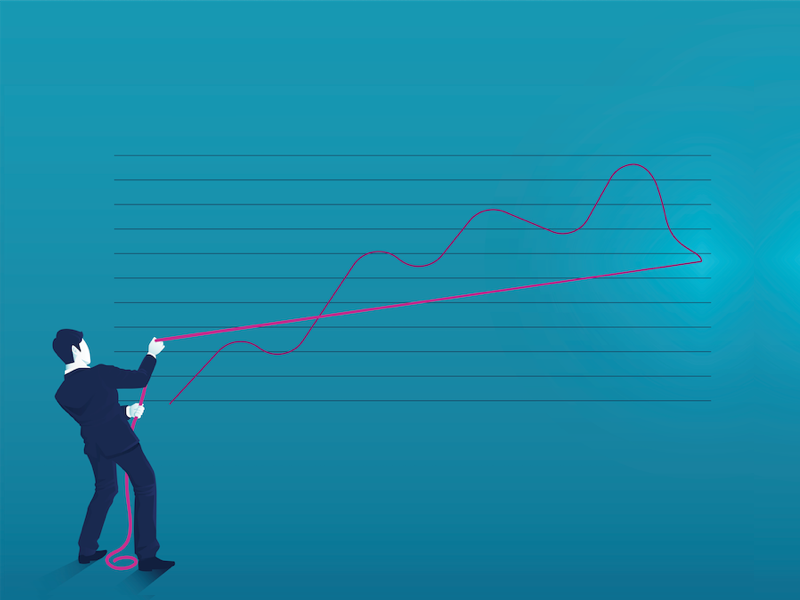
Economists are forecasting inflation reaccelerated to around 4% last month, reversing previous progress made as gasoline prices push inflation higher.
Statistics Canada’s August consumer price index report set to be released Tuesday is expected to show the annual inflation rate rose for a second month in a row.
Canada’s inflation rate tumbled to 2.8% in June, entering the Bank of Canada’s target range of 1-3% for the first time since March 2021. The celebrations on reaching that benchmark were short-lived, however, as inflation ticked up the next month.
Desjardins’ managing director and head of macro strategy Royce Mendes said he expects headline inflation to come in at 4% for August, up from 3.3% in July.
“We’re expecting that the CPI data will reveal that Canadians’ pocketbooks were hit by higher prices, again, largely the result of gasoline prices,” Mendes said.
The price of oil rose steadily throughout the summer, surpassing US$90 a barrel this week. By comparison, June prices were hovering near US$70 a barrel.
Meanwhile, TD anticipates inflation rose to 3.8%. Executive director of economics James Orlando said another factor likely contributing to higher inflation in August is the fact that inflation started to decline a year ago.
“We saw a decline in inflation last year, which means there’s going to be some base effects that are going to play out to a higher inflation reading next week,” he said.
The Bank of Canada has kept the door open to more rate hikes in part because it expects getting inflation down to 2% will take some time. But economists say the recent slack in the economy will likely convince the central bank to remain on the sidelines.
Earlier this month, the Bank of Canada opted to hold its key interest rate steady at 5% after hiking rates at its two previous meetings. The decision was made after recently released data showed the economy contracted in the second quarter.
There are other signs of softening in the Canadian economy as well: the labour market is no longer as tight as it was a year ago as job vacancies fall and the population grows.
Orlando said the fact that the economy is slowing gives the Bank of Canada justification to hold interest rates where they are, even if inflation is ticking higher in the short term.
“All the things that you worry about that could lead to greater domestic inflation in Canada … those are starting to show very rapid slowing in the Canadian economy,” Orlando said.
Although progress on getting inflation down is showing signs of stalling, economists and the Bank of Canada expect that tighter economic conditions caused by higher interest rates will eventually lead to smaller price increases.
“While we’re not yet seeing convincing evidence that underlying inflationary pressures are moving toward the 2% target from where they’ve been stuck for some time now, I believe that it’s just a matter of time before these interest rate hikes work their way through this system, to drag down economic activity enough to pull down inflation to 2%,” Mendes said.
In the meantime, however, the Bank of Canada will have to make sense of inflation rising again for Canadians.
Following the inflation release on Tuesday, Bank of Canada deputy governor Sharon Kozicki is expected to deliver a speech at the University of Regina.
Both Orlando and Mendes said it will be incumbent on the central bank to explain why the year-over-year inflation number is not the only indicator it cares about.
Other figures, such as core measures of inflation that strip out volatility in prices, are particularly important to the central bank.
“The number that everyone sees will be 4%, or something around there,” Mendes said.
“But the Bank of Canada needs to come out and be very clear about the usefulness of core inflation as a predictor of future inflation, or the usefulness of looking at other parts of the economy.”